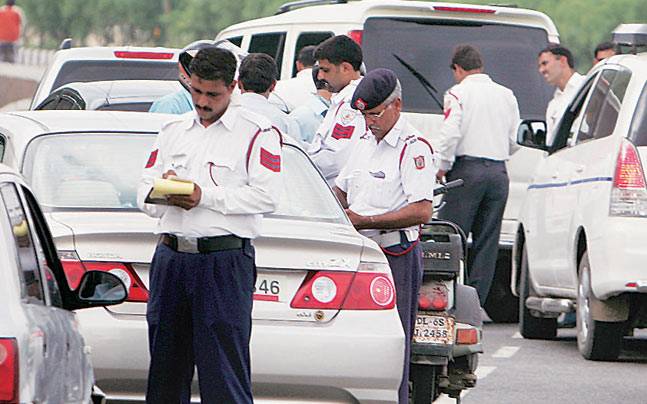A third round of the Odd-even scheme in Delhi started off on Monday as air quality in the national capital dipped to its worst level in the last three years.
The anti-pollution measure, a brainchild of the Arvind Kejriwal-led government, came into effect from 8 am today in the city in order to reduce traffic and air pollution.
In an early-morning tweet, Delhi Chief Minister Arvind Kejriwal urged people to follow the rule till November 15 for the sake of their family and kids.
ODD-EVEN SCHEME KEY RULES
The anti-pollution scheme follows a simple pattern. Under the traffic rationalising scheme, All non-transport private vehicles with registration numbers ending with even digit (0,2,4,6,8) will be allowed on even dates while those vehicles ending with registration number ending in with an odd digit will be allowed on roads on odd dates.
It is worth mentioning that these rules will also apply to all vehicles-with registration numbers of other states-in Delhi. The scheme is applicable every day until November 15 from 8 am to 8 pm except Sunday (November 10). Today, all vehicles with registration numbers ending with an even number will be allowed on roads in Delhi while only private cars with odd number registrations will be allowed tomorrow. The same order will be followed until November 15.
EVEN DAYS: 4, 6, 8, 12 and 14.
ODD DAYS: 5, 7, 9, 11, 13 and 15
PENALTY FOR VIOLATING ODD-EVEN RULE
Any individual found violating the odd-even rules in Delhi needs to pay a fine of Rs 4,000. The penalty for violation earlier was fixed at Rs 2,000. Delhi Police has deployed 200 traffic teams for smooth implementation of the anti-pollution scheme. Each team will consist of four traffic police personnel who will keep out a watch for violators and take strict action against them.
EXEMPTED FROM ODD-EVEN SCHEME
Many have been exempted from following the odd-even scheme. The Delhi government said two-wheelers and electric vehicles are exempted from the rule. However, CNG vehicles need to comply with rules.
Meanwhile, women-only vehicles or women with children up to 12 years and those with physical disabilities are also exempted from the scheme.
Other than there, there are approximately 29 categories of vehicles that have been exempted from following the odd-even rule. It is worth noting that private vehicles carrying school children are also been allowed to ply on roads.
The President, prime minister, chief ministers of other states and emergency and enforcement vehicles have been exempted from following the rule. However, no Delhi ministers including Arvind Kejriwal have been exempted from following the odd-even rule.
EXTRA MEASURES
During the period till November 15, there will be a sharp dip in the number of vehicles in Delhi due to the scheme. However, the government has taken a number of precautionary measures to aide citizens in Delhi during the odd-even scheme period.
Cab aggregators like Ola and Uber have been asked to cut down on surge pricing during the odd-even days and also ensure maximum availability of vehicles during peak hours. Auto-rickshaw drivers have also been asked to follow meter prices during the period in Delhi. Almost 2,000 additional buses will also be deployed on the road from today.
Other than that, the Delhi Metro Rail Corporation (DMRC) is also conducting additional trips during the odd-even days.
IMPACT OF ODD-EVEN SCHEME
The impact of the odd-even scheme, according to a study by The University of Chicago, suggested that the previous edition of the anti-pollution measure led to a 15 per cent reduction in pollution. However, with pollution levels skyrocketing in the national capital, experts say that odd-even alone is not enough to curtail the high level of air pollution in the city.
The overall Air Quality Index (AQI) of New Delhi at 7:30 am stood at 439, which falls under the severe category. An AQI between 0-50 is considered ‘good’, 51-100 ‘satisfactory’, 101-200 ‘moderate’, 201-300 ‘poor’, 301-400 ‘very poor’ and 401-500 ‘severe’. An AQI above 500 falls in the ‘severe plus’ category.





































